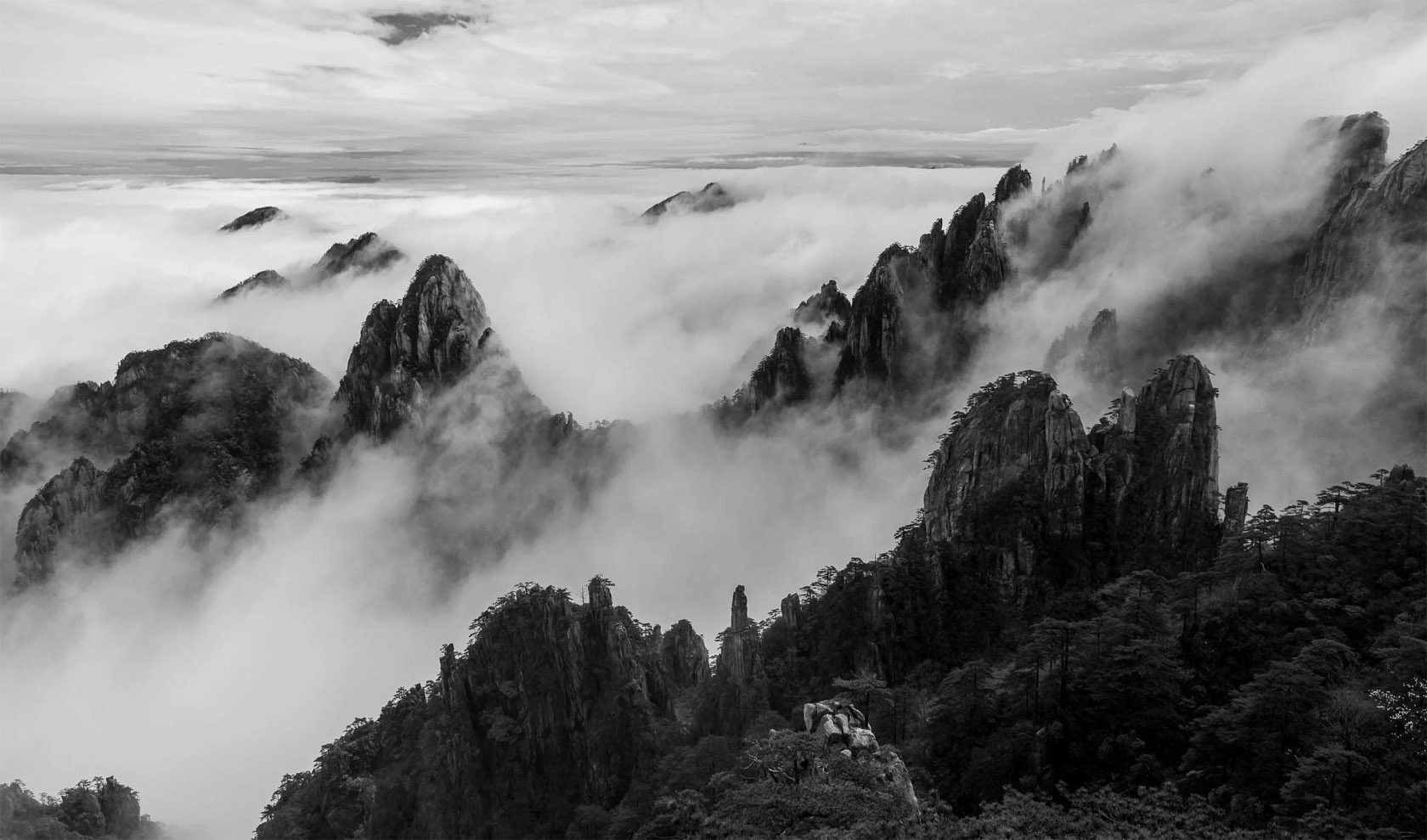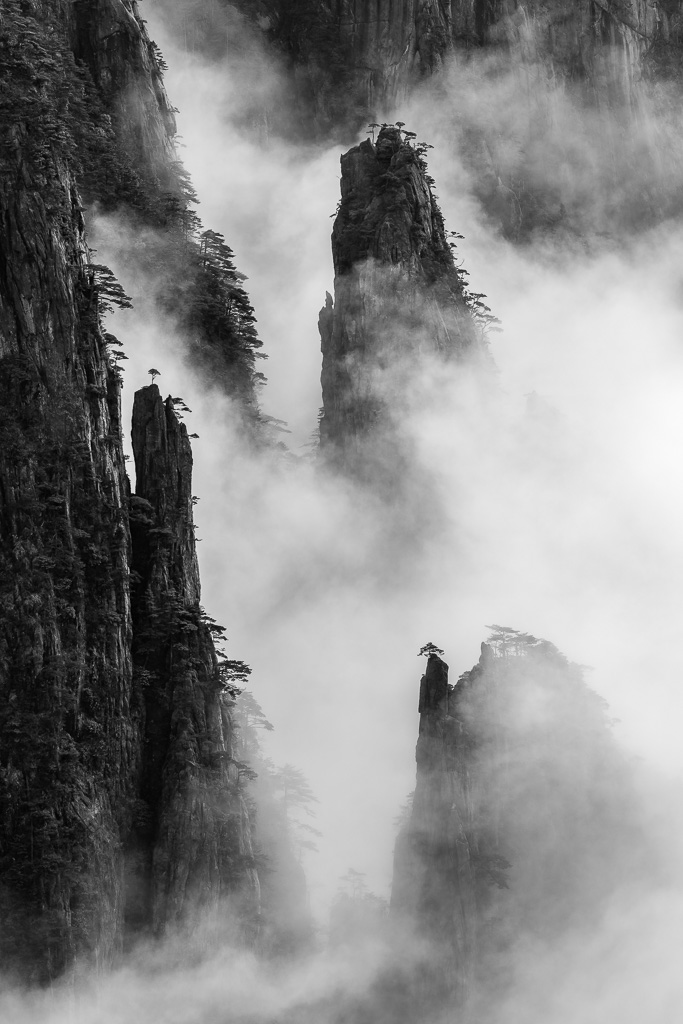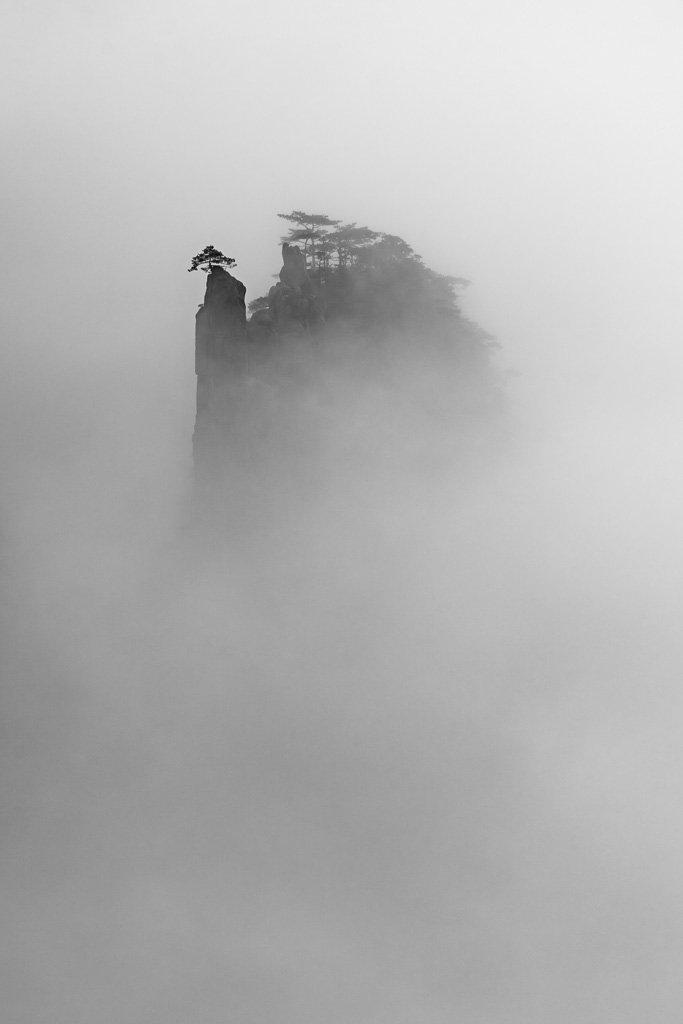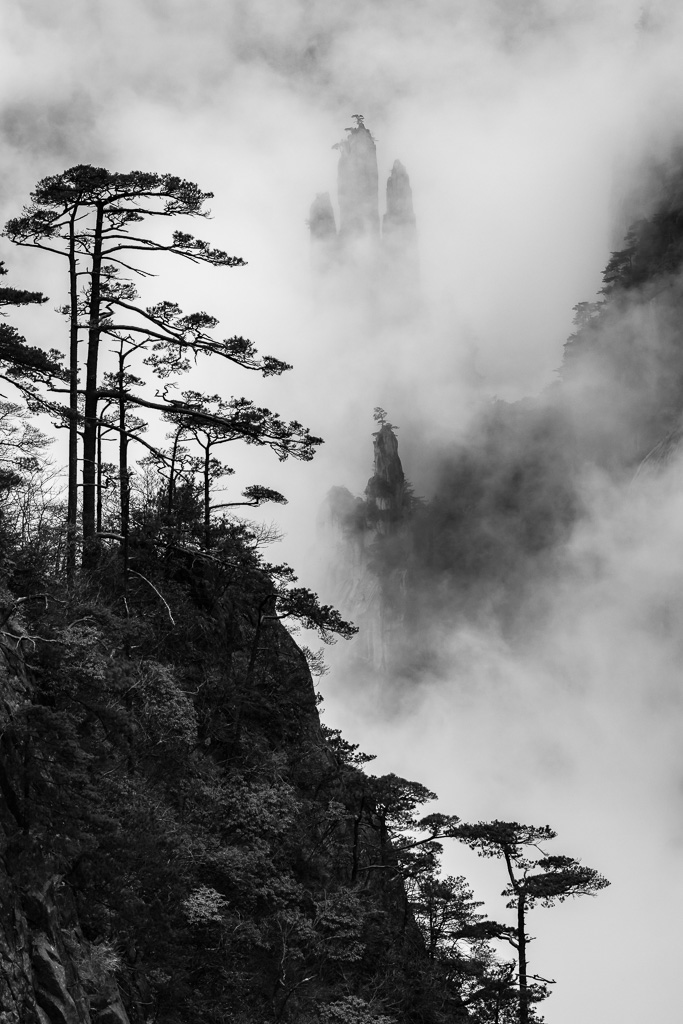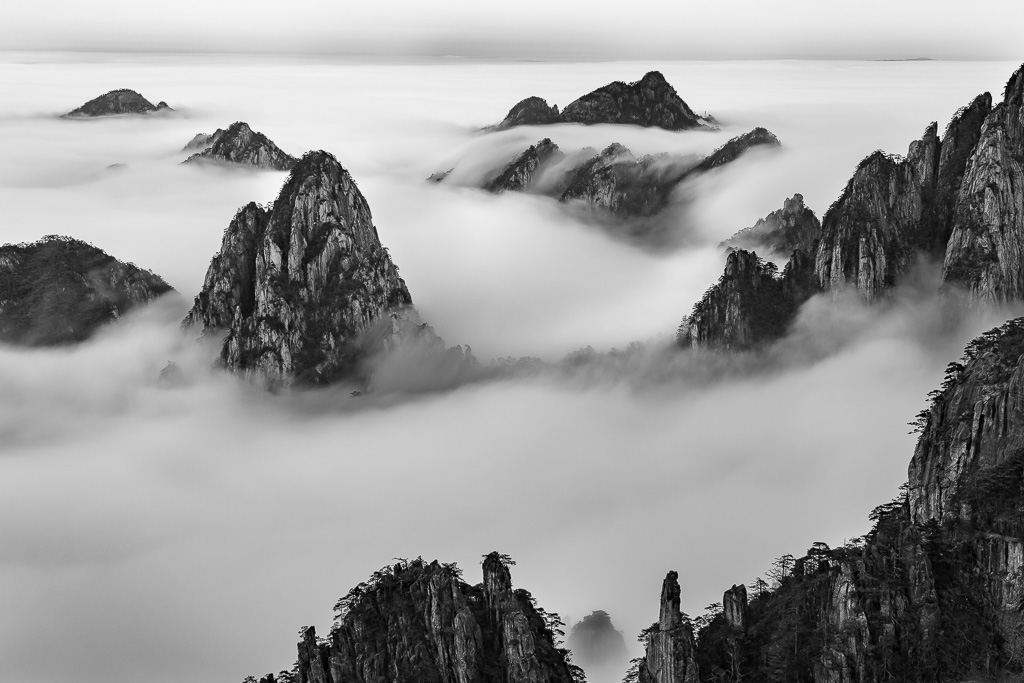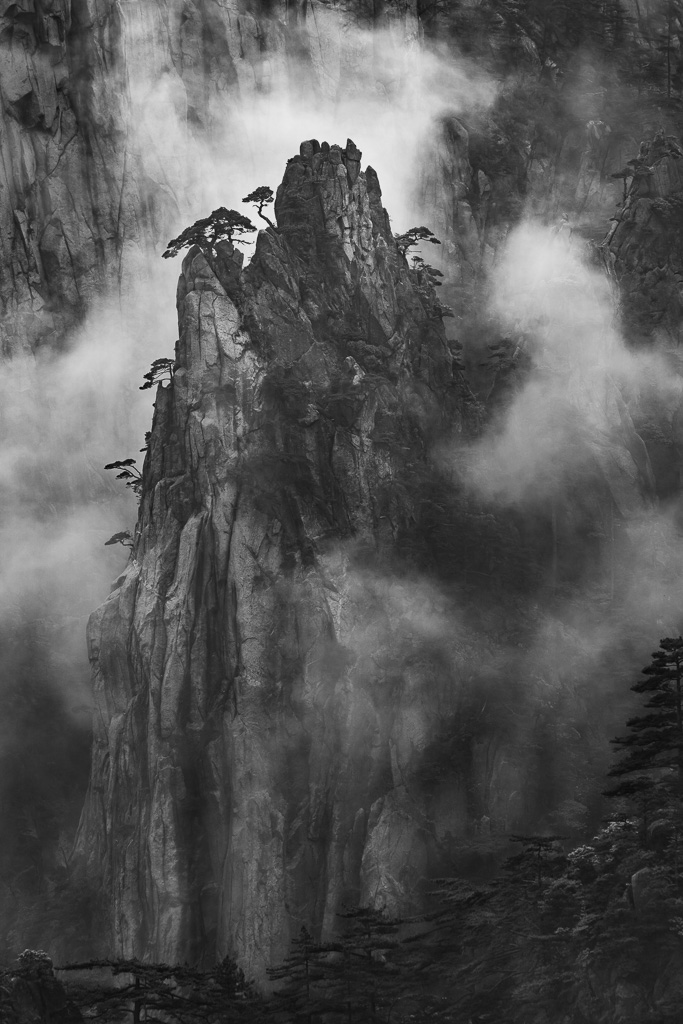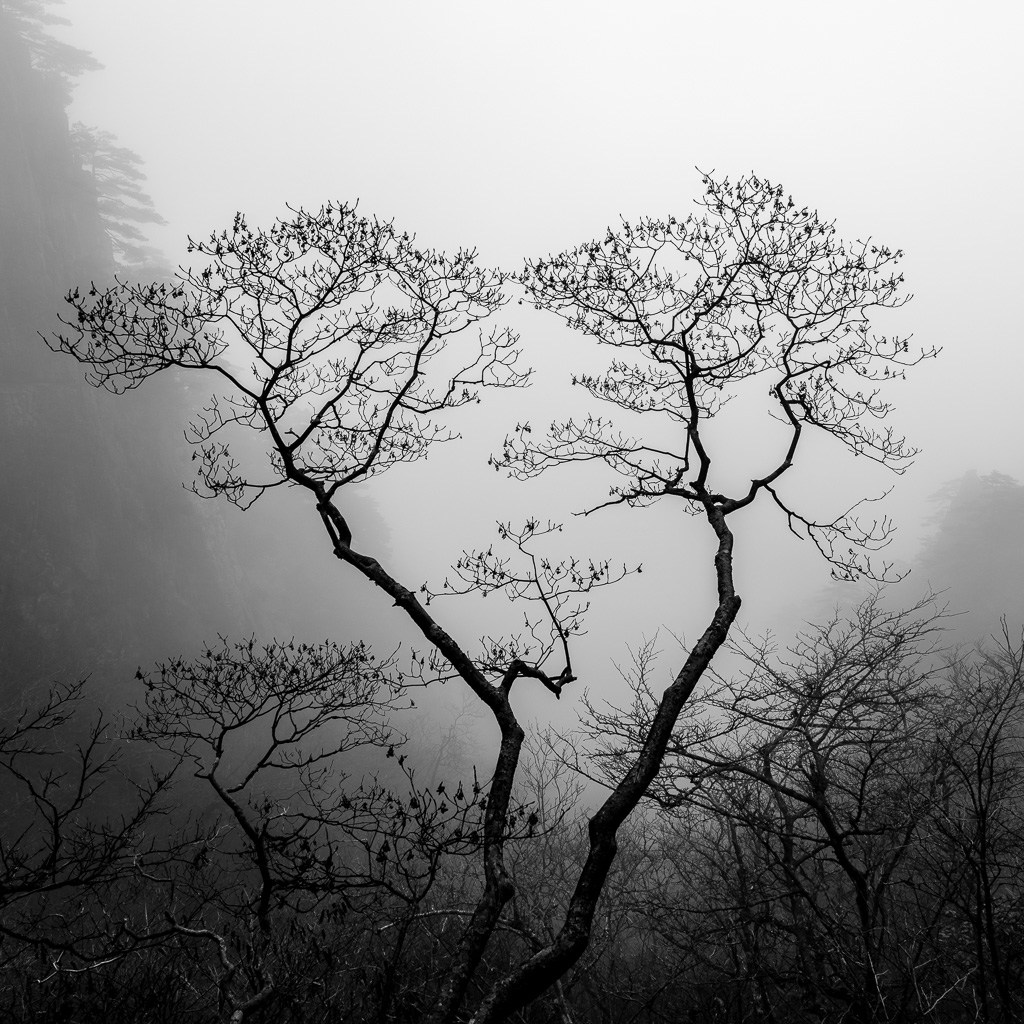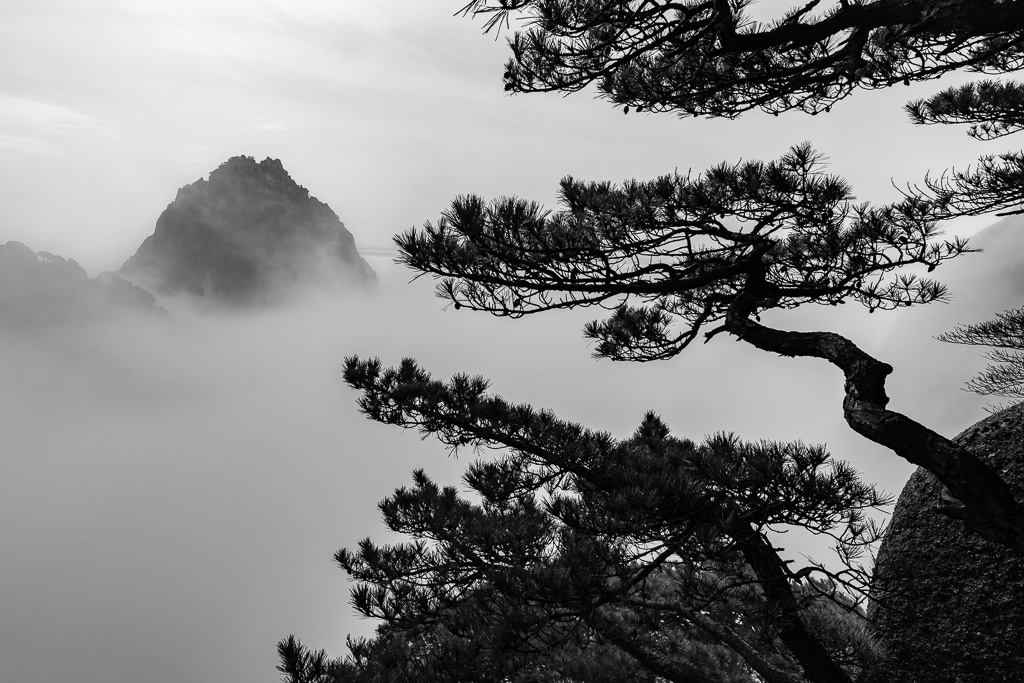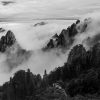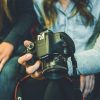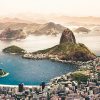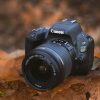Patience, Light, and the Art of Returning
At the Xposure International Photography Festival, one gallery quietly stood out from the rest — Huangshan, Monochrome Study by Nicolas Cornet.
It wasn’t loud or dramatic, but calm and deliberate. The mist, the lines of the mountains, and the way he used light all drew me in. Later, when I looked through his other projects — from Dubai’s cityscapes to the soft glow of Paris — I saw the same quality everywhere: patience, precision, and care.
In this interview, Nicolas shares how he approaches photography as a long game — returning to the same places again and again, always refining, always observing. For anyone learning photography, there’s a lot here to take in: the discipline behind a good picture, the technical craft, and the quiet joy of seeing something familiar in a new way.
Website – https://www.nicocornet.com
Instagram – https://www.instagram.com/nicolas.cornet/

This interview is part of our ongoing series of conversations with professional photographers featured at the Xposure International Photography Festival. Each one offers insight, inspiration, and practical lessons for photographers at every level — from complete beginners to those looking to refine their craft.
What first inspired you to pick up a camera? Was there a turning point when photography shifted from a hobby into something deeper?
Back in the early 2000s, when digital photography was just starting, I stumbled upon a great deal on a Nikon D70. Since desktop publishing and graphic design were already my hobbies, I thought, why not give photography a try? For me, photography is a perfect blend of creativity, gear (we all love gadgets!), computers, problem solving and travel. It’s a hobby that suits my introverted nature since you can do it all on your own.
Things got more serious when I started working on projects. When connecting with professional photographers, they encouraged me to focus on specific projects rather than just capturing everything and anything. After years of photographing Paris, I put together a collection of images to create a book called « Lights on Paris. » After relocating to Dubai, I captured the Burj Khalifa in black and white. And after exploring the Huangshan mountains in China and visiting repeatedly, I had enough images to organize an exhibition, also in black and white.
Your series Huangshan, Monochrome Study is striking. What made you decide to approach it in black & white, and how did you want to portray such an iconic landscape in a personal way?
This project was inspired by traditional Chinese ink paintings – who are black and white. In real life, these foggy mountains and trees don’t have much color so why not ditch the colors altogether? That way, the focus shifts to the shapes, the arrangement of elements, and the overall mood of the artwork. It carries a certain elegance as well.
The photos selected for the exhibition all feature fog or mist – it’s fascinating how they transform a landscape. They reveal shapes, can give movement and create visuals that are very graphic. That’s what I tried to illustrate in my series.
You’ve also explored Dubai in depth — from foggy mornings to architectural studies like 36 Views of Burj Khalifa. What does it mean to photograph a city you live in, compared to travelling somewhere far away?
Taking photos of your own playground has its perks. You can revisit the same spots at different times of the day or year, and you have the freedom to explore and find unique angles. In Dubai, it’s tough to get original shots as the interesting angles are from private locations : balconies or rooftops. Public viewpoints are well-known, and there are restrictions on tripods when shooting in the street. And from a light point of view, since it’s a desert, the sun is always shining, so clouds are rare.
Photographing abroad is a whole different ball game. You can use the same tools and techniques you practice at home, but I find it hard to get original shots on the first trip. At first, you’ll take the usual shots that everyone else has taken, but it’s only after you go back multiple times that you’ll start to find something truly unique. If I like a place, I’ll go back again and again to get the best conditions. Think Venice, Hong Kong, the Dolomites, or the fall colors in Japan. And of course, Huangshan in China, where I’ve been 8 times!
Your book Lumières sur Paris was a huge undertaking — 15,000 photos, countless walks, and a search for light. What did that project teach you about patience and persistence in photography?
It was indeed quite a task to go from 15000 to 60 photos to show in the book.
Landscape photography is all about patience and persistence. In a city that’s been over-photographed like Paris, great light and unique compositions are the key to getting unique shots. So, it’s a lot of weather monitoring and exploring the city to find new angles. Waking up early and staying late to catch interesting light is also a must. As you take more photos and get better at it, you’ll learn what it takes to get those perfect shots. And, you might even end up shooting less. When I first started, I was shooting everything, but now I’m taking less shots than before. But when I come across a great scene, I’ll shoot a lot to make sure I don’t miss out.
You’ve photographed across the world — Iceland, Japan, South America, Africa, Venice, and more. How do you adapt your vision when you step into a completely new environment?
In any setting, the basics stay the same: good lighting, the right angle, and the perfect moment. In cityscape photography, I usually shoot early in the morning or late in the afternoon. For landscape photography, it’s mostly the same, but sometimes I can shoot all day, depending on the weather. As for composition, I usually take wider shots in cityscapes and mix wide and tighter compositions in landscapes – it all depends on what’s in front of me.
Do you usually plan your shoots carefully, or do you prefer to wander and let the images find you?
It all depends on where I’m shooting. For architectural shots, I plan everything out in advance. I do online research to understand the location, the lighting conditions, and the best time of day to shoot. Once I have the usual post card shot, I can then improvise and explore the area to find different angles and take my own unique perspective. For my work in Japan during the fall colors, there was a lot of planning involved. I would go to specific temples at certain times of the month as the fall colors changed from day to day. But once I was there, I had to improvise to find the right images to compose.
A slightly technical one: what camera and lenses do you find yourself returning to most often for landscapes and architecture? Do you use filters, or prefer to work more in post-processing?
When it comes to photography, I’m a big fan of the Canon 17mm TS-lens. I attach it to my Sony A7RV, and sometimes I use a Canon teleconverter to make it a 24mm without losing too much image quality. In Dubai, where the buildings are so tall, I’ll use a really wide-angle zoom like a 12-24mm to capture as much as I can in one shot, if I have a good vantage point. For landscapes, I usually stick to the classic wide-angle and standard zoom. I really like the 70-200mm F4 because it lets me capture details in the landscape and create simple compositions while also playing with compression.
Back in the day, I used to use grad filters, but with the large dynamic range of modern cameras, I don’t need them anymore. If there’s a lot of contrast, I’ll take a few exposures and blend them together in post-processing. For fall colors, I always use polarizers to remove the glare on the leaves and make them pop. I do have an ND filter for long exposures, which I would use for waterfalls, and reflections.
What role does editing play in your creative process — and which software or techniques do you find essential for turning a good frame into a finished photograph?
I try to be subtle in my editing so it doesn’t look too processed. It’s usually a multi-step process, and it’s different for different types of images. Architecture or cityscape shots usually require the most work. Here are the steps I usually follow, starting with Lightroom Classic:
- look at each corner of the photo and crop it to remove distracting elements.
- basic processing on the exposure and white balance using the basic modules.
- If needed, I can do local exposure by dodging and burning.
- basic cleanup on the image using the heal tool, like dust spots
- straighten the horizon and verticals if there are buildings. It’s really important to have straight building in an image. Even though I use tilt shift lenses, sometimes it’s a bit off, and they need some small adjustments in post.
- image sharpening
If I need to do exposure blending, I move to Photoshop to combine an under-exposed shot and the normal image to blend them using luminosity masks. In cityscapes, that would be useful for city lights, billboards, or elements of a sunset that the camera can’t capture in one shot.
Of all the places you’ve photographed — Paris, Dubai, Huangshan, Iceland, etc. — which feels most personal to you, and why?
Definitely, Huangshan in China. I fell in love with the location when I first visited in 2016. It’s a place that demands stamina, patience, and resilience to capture. The mountains are made up of countless stairs, so you’re always climbing and descending. It can be tough on the knees, so getting some physical preparation is essential. Every time I go, it feels like I’m on a mission! And when the weather cooperates, it’s an absolute blast. It’s like being inside a painting!
What did showing your work at Xposure mean for you? Did it influence how you see your own projects, or was it more about sharing them with new audiences?
Working at Xposure in 2025 was an incredible experience, and I’m so grateful to the organizers for choosing me. It was my first exhibition ever, so it was a validation that my work is good enough to be displayed. I was touched when I entered my gallery and saw my work printed so large. It was a joy to share my story with the visitors, and I could sense that they connected with my work, whether they were photographers or not. It made me realize how important it is to develop a cohesive body of work on a specific theme to tell a compelling story. In an exhibition, you can’t just mix and match photos of different places like Paris, an Indian woman, a landscape of Iceland, and a lion under the sunset. It needs to be consistent and tell a narrative. So, it’s all about defining your specialty, going deep, and assembling enough images to create a compelling story.
Many of my students often ask about gear, but your work shows it’s much more about vision and persistence. What habits or ways of seeing would you encourage a beginner to practice, regardless of what camera they use?
I totally get what you’re saying. YouTube is definitely highlighting the gear aspect a lot these days. But let’s be real, most big brand equipment is perfectly fine and there’s no need to rush out and get the latest and greatest camera to create amazing work.
For beginners, here are four tips I can share :
- Practice in your own backyard to learn how to read light and compose your shots correctly. This way, you’ll be ready to go if you ever travel to new places.
- Develop your eye by visiting museums and admiring what makes a great visual piece. Painters are especially great to learn from. Dutch landscape artists and impressionists have been a huge source of inspiration for me.
- Learn from other photographers. There are tons of great online tutorials available. For example, Elia Locardi’s series at fstoppers on landscape and cityscape photography is an incredible resource.
- Show your work to other photographers to get feedback. Be prepared to be critiqued, that’s the best way to progress and improve your skills.
Looking ahead, what’s next for you? Do you have a dream project or place you haven’t yet photographed, but hope to explore one day?
I’m excited to continue working on my China project and would love to share it with more people. I’m thinking of showing it in galleries or other places that would be interested in it. I have a few other destinations on my list very different from each other, like Patagonia for the landscapes, Valencia in Spain for its beautiful architecture, and Gorillas in Uganda. I’m also going back to China in a few weeks to photograph Zhangjiajie, also known as the ‘Avatar Mountains.’ I can’t wait to capture those amazing landscapes!
From Inspiration to Practice
There’s something deeply grounding about Nicolas’s story — the patience to climb the same mountain eight times, the curiosity to keep exploring light year after year. His approach is a reminder that good photography isn’t about expensive gear or lucky moments, but about practice, attention, and care.
If this interview has inspired you to start learning or to pick up your camera again, I’d love to help.
At DSLR Photography Courses, we run small group workshops in London, where you can learn hands-on from experienced photographers.
Our most popular one-day class — the Intensive One Day Photography Course in London — is designed to help you understand your camera, see light differently, and start taking the kind of photos you’ve always wanted to create.
And if you prefer learning online or from abroad, you can also join me for One-to-One Online Photography Tuition — a personalised way to learn at your own pace.
To see more of Nicolas’s work, visit nicocornet.com
or follow him on Instagram at @nicocornet.
